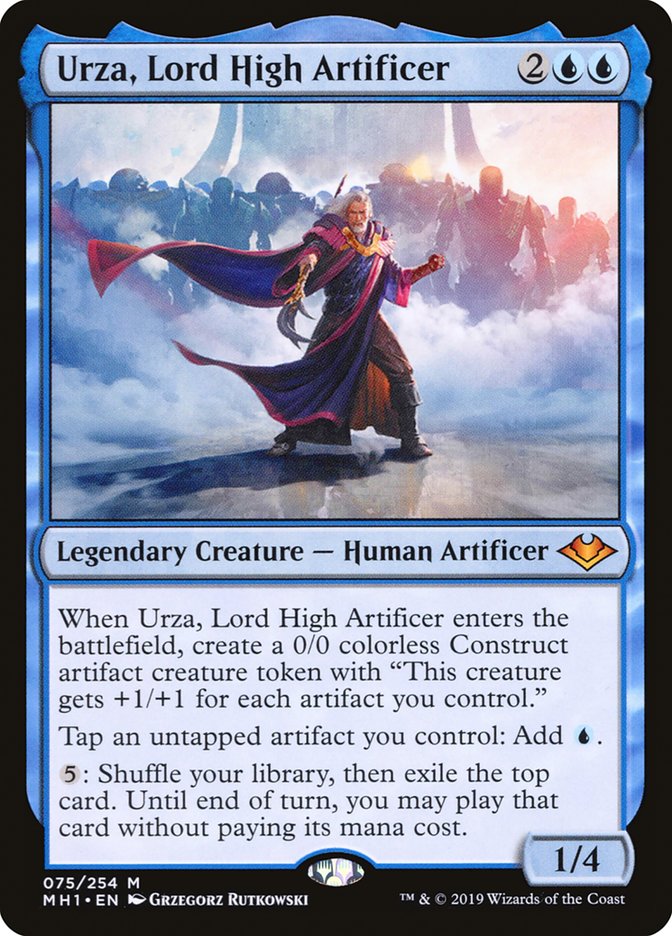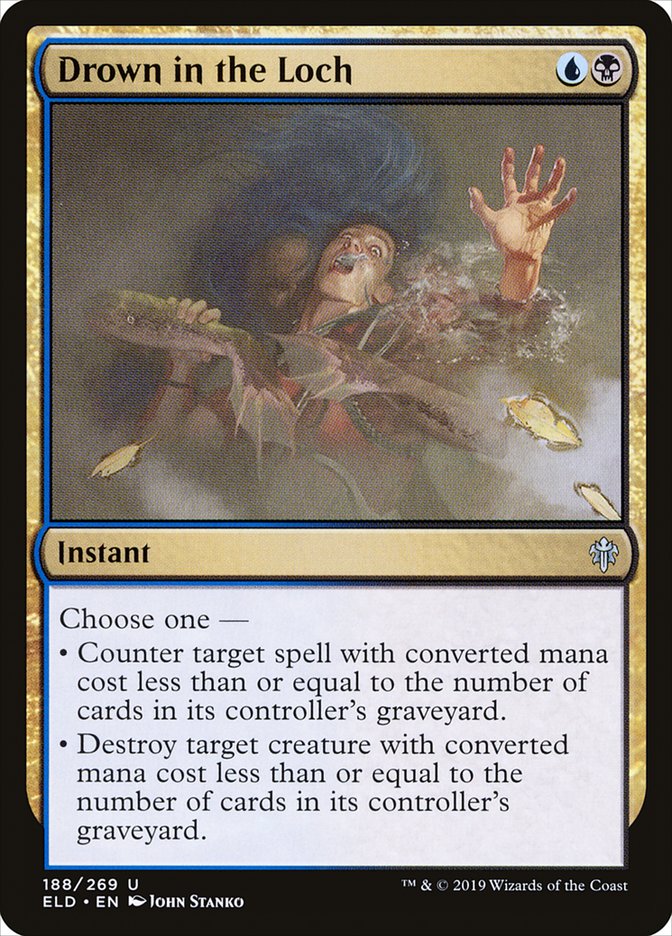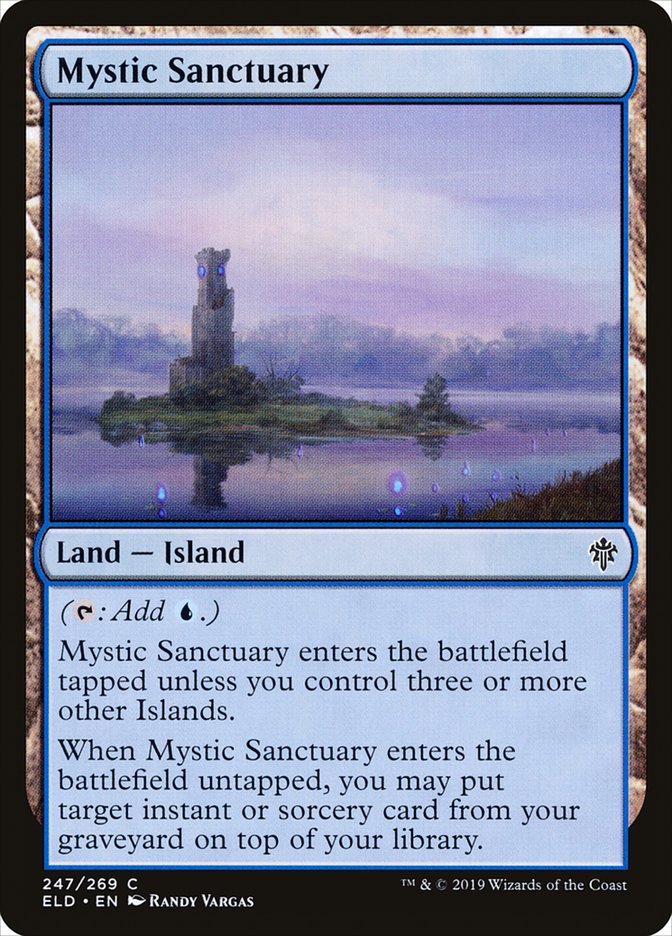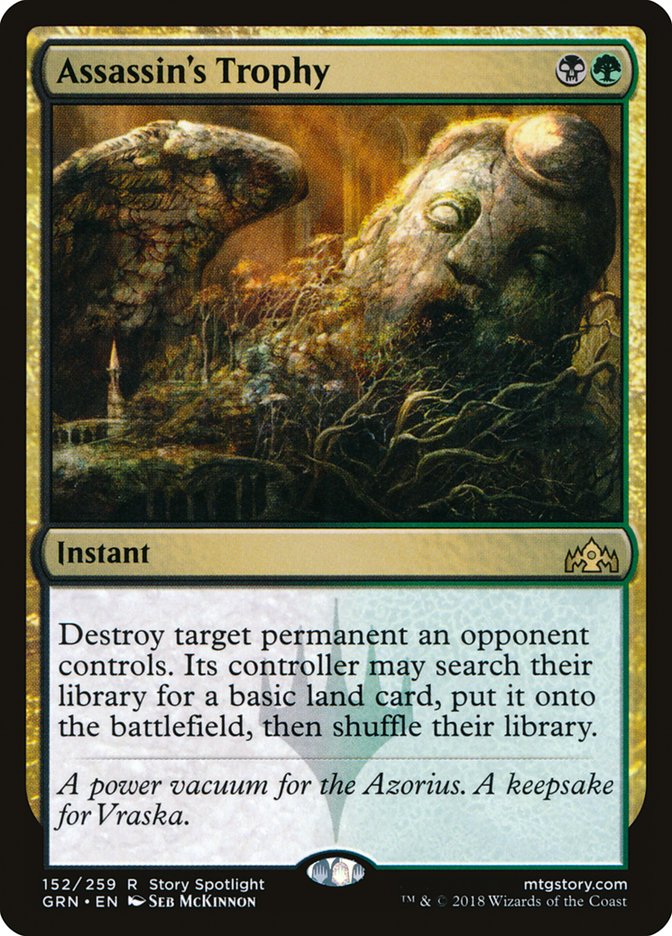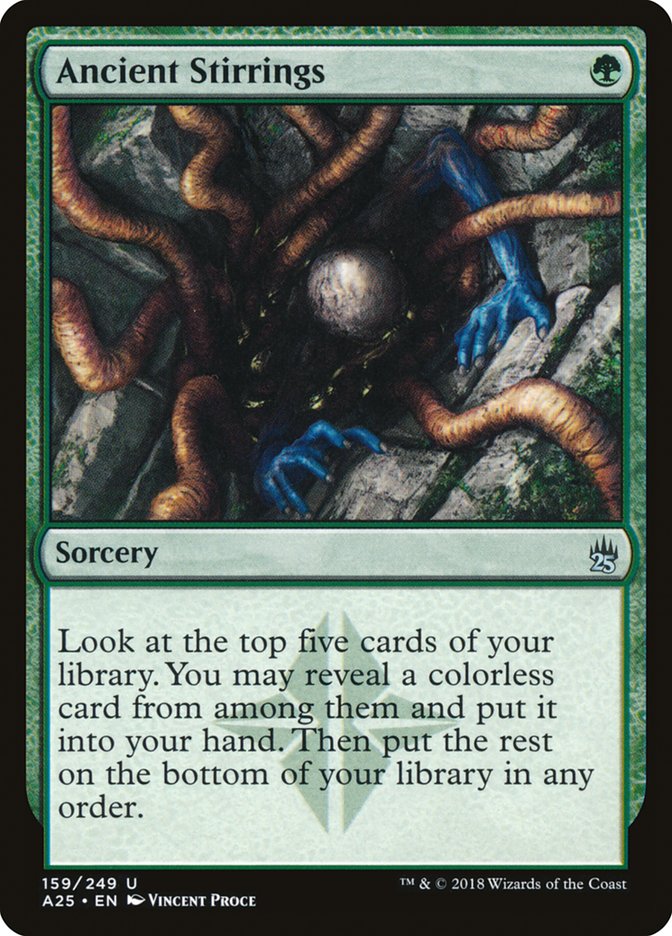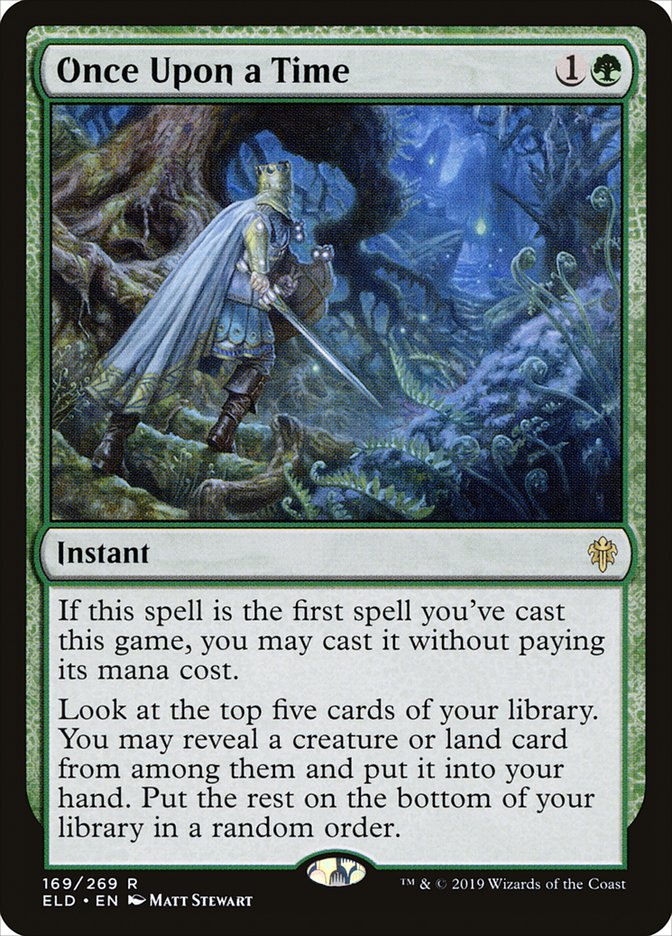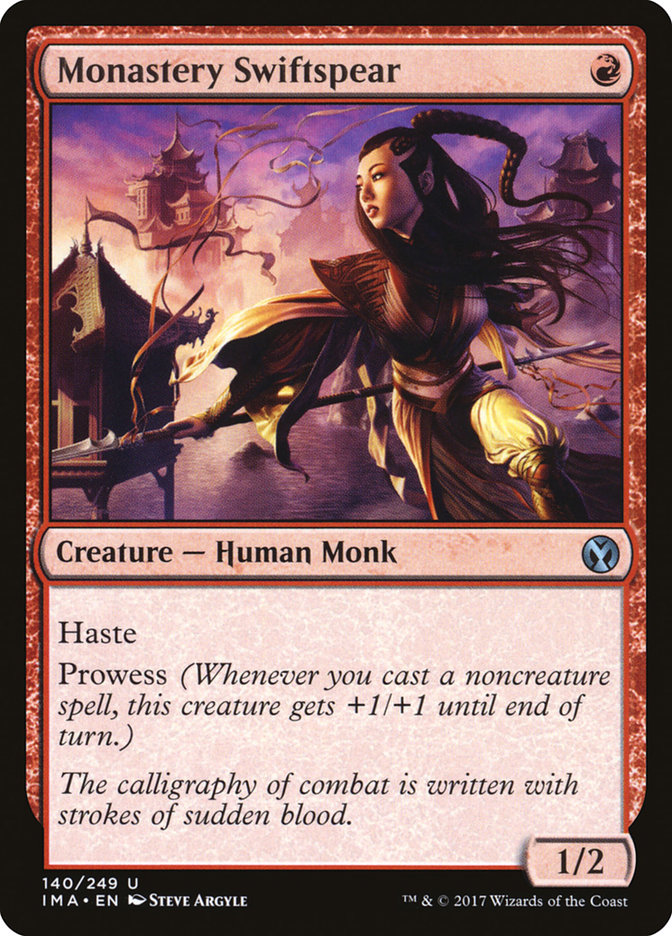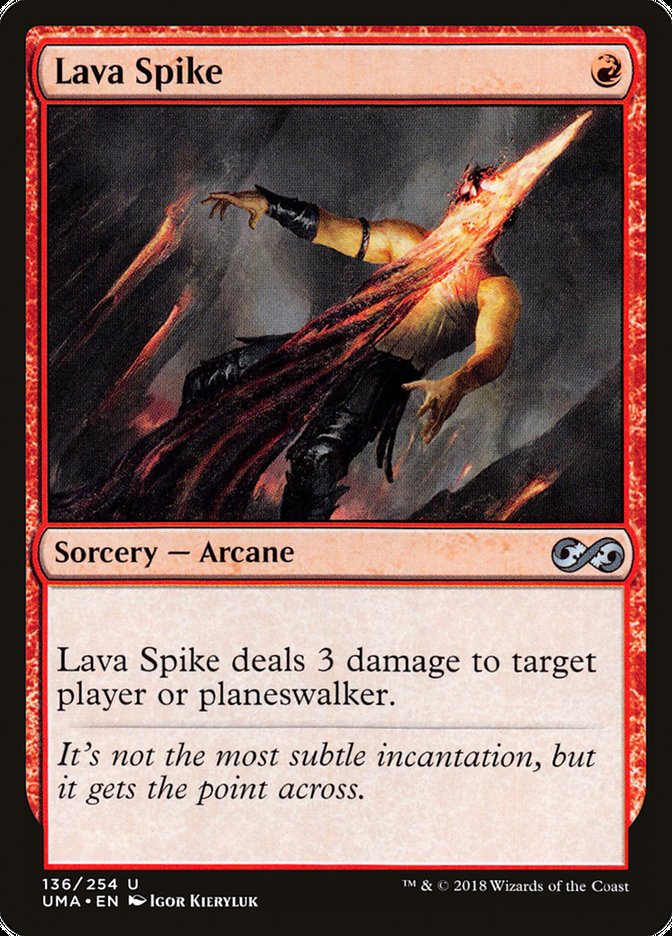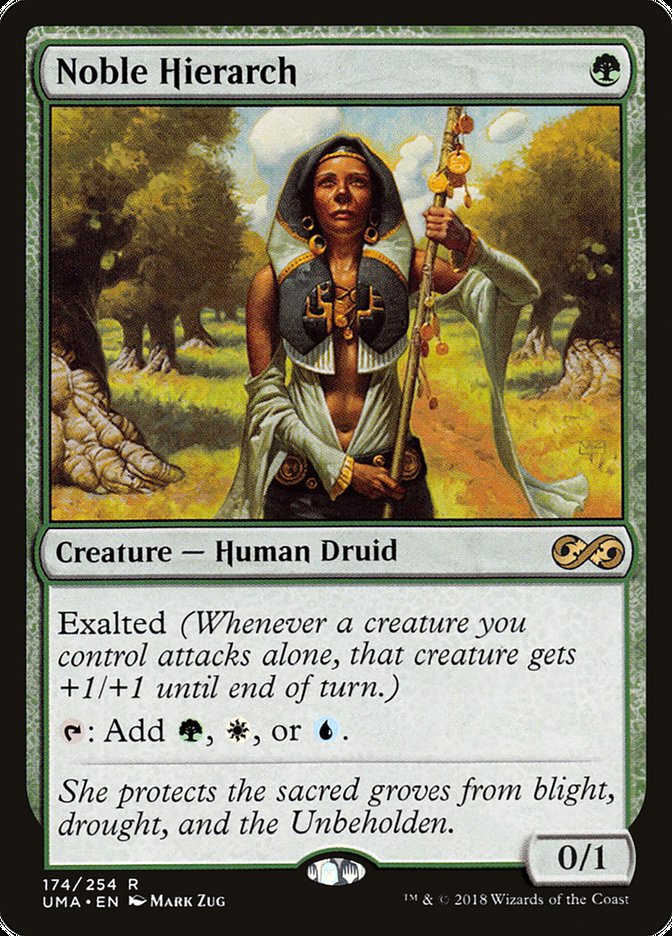Modern has undergone a seismic shift in the last six months. War of the Spark, Modern Horizons, and Throne of Eldraine have all had a huge impact on the format, and combined with the banning of Faithless Looting and the unbanning of Stoneforge Mystic, the format we see today is almost unrecognizable from the days of Izzet Phoenix and Dredge.
The last time the format saw such a large change was following the ban of Golgari Grave-Troll and Gitaxian Probe, neutering the format’s premier uninteractive decks in Dredge and Infect. Already being pushed in a fair direction, the printing of Fatal Push at the same time upset the threat-answer equilibrium that had existed since the beginning of Modern, with Lightning Bolt and Path to Exile ruling the roost.
Grixis Death’s Shadow emerged as the best shell for the new removal spell, and it took months for the metagame to properly react. But even after that reaction, Fatal Push fundamentally altered the landscape of Modern.
This year’s changes are even more numerous, making the narrative multi-faceted. Also, we’re currently in the Wild West part of the format’s development, with different shells for the powerful new cards being tried and refined, while the known quantities of the metagame take advantage of poorly tuned lists.
But eventually we’ll arrive at a new equilibrium, and that means new pillars of the metagame. Based on what I’ve seen over the last month, this is where I think the metagame will stabilize:
Urza, Lord High Artificer / Mox Opal
Creatures (9)
Planeswalkers (2)
Lands (18)
Spells (31)

Urza has been the most-hyped card in the format over the last month, and there’s been a ton of variation in decks built to utilize the card, from Four-Color Whirza to Urza Outcome to Urza Ascendancy, to now the fair Urza deck Zan Syed used to win a Regional Championship.
A couple of weeks ago, it seemed like Urza might take over the format like Grixis Death’s Shadow did two years ago, but since then the hive mind has cooled on the card and the various decks containing it. But these decks are still very powerful, blending the ability to end games by Turn 3 or 4 with the ability to grind a long game through disruption.
More recently I’ve seen the hype around these decks die down some, though the criticism of them tends to revolve around the fact that they were overhyped, not that they weren’t good. There’s plenty of room to tune the lists and tinker with the numbers to make them more consistent. Once that happens, the deck will remain solidly at the top of the format.
There’s just no denying how powerful Urza, Mox Opal, and newest addition Emry, Lurker of the Loch are. Right now hate cards like Collector Ouphe and Karn, the Great Creator are high, and the archetype is still putting up results. Urza makes the deck so resilient to the permanent-based hate that players have moved to more traditional disruption, which brings us to our next pillar.
Thoughtseize / Death’s Shadow
Creatures (13)
Planeswalkers (1)
Lands (18)
Spells (28)

Death’s Shadow decks have received some upgrades from the recent sets, but nothing groundbreaking. Nurturing Peatland is great in the Jund version, and Plague Engineer is a nice Traverse the Ulvenwald target. Grixis lists are playing The Royal Scions as another way to push large threats past chump blockers and dig for the right pieces of disruption. But the return of the archetype to the top tiers of Modern is mostly due to how well-positioned Thoughtseize is right now.
There isn’t a good way to interact with a lot of the powerful threats in the format once they enter the battlefield. Urza, Lord High Artificer generates immediate mana and another large body. Sometimes it even represents an immediate combo with Thopter Foundry and Sword of the Meek. Primeval Titan leaves behind either another copy of itself, a pile of Zombie tokens, or two copies of Valakut, the Molten Pinnacle. Taking them out of your opponent’s hand is one of the few ways to ensure they don’t bury you in card advantage.
Moreover, the decks that utilize these cards rely on a critical mass of cards, whether lands or artifacts, to enable their powerful payoffs, so heavy discard can often strand those payoffs in your opponent’s hand.
Of course, as the old adage goes, you can’t Thoughtseize the top of your opponent’s deck, so applying pressure behind your Thoughtseize is paramount. That’s why I think we’ll see traditional Jund fade back into obscurity and Death’s Shadow take over as the premier Thoughtseize deck. The non-Grixis varieties can still struggle with big mana decks, but Thoughtseize plus Tarmogoyf is still a strong opening against them.
Flooding the battlefield with lands and artifacts is a lot different from the days of Humans flooding it with cheap creatures, which made Thoughtseize rather poor. But in the new age, Modern is going to have a whole lot more of the former.
Drown in the Loch / Snapcaster Mage
Creatures (5)
Lands (23)
Spells (32)

This will undoubtedly be my most controversial selection, but I believe that Drown in the Loch and Mystic Sanctuary go a long way toward solving the issue that reactive control decks have had in Modern.
Control decks have historically struggled to handle the wide array of threats in Modern because it was too difficult to consistently have the right answer at the right time, and the threats were powerful enough to run away with a game if left unchecked, even for a short time. Jace, the Mind Sculptor wasn’t powerful enough to overcome the problem, and more broad counterspells weren’t mana efficient and were punished hard by Cavern of Souls and Aether Vial.
Drown in the Loch represents a spell that can answer a wide array of threats on both the stack and the battlefield, which hasn’t been seen in such a mana-efficient package before. If you’re behind on the battlefield, Drown in the Loch can answer anything from Champion of the Parish to Primeval Titan. If you’re stable, it can be Counterspell. As for the restriction, Modern decks often put plenty of cards in their own graveyard, and you can help them out with Thought Scour as necessary.
The second issue with control decks has been ending the game. In order to have enough answers for everything, there’s little space for win conditions, so your clock is glacial. That gives your opponents plenty of time to draw back into the game, and one pocket of good threats can undo any advantage you gained previously. Mystic Sanctuary lets you play towards the long-game and effectively end the game by looping it with Cryptic Command.
Any Dimir-base list can work, so if the metagame calls for Path to Exile you can play Esper, or Grixis if you want Kolaghan’s Command. But I like Sam’s Sultai list the most, because there’s so much value in Assassin’s Trophy being able to destroy annoying lands like Field of the Dead; Valakut, the Molten Pinnacle; and Cavern of Souls.
Drown in the Loch is going to make its way into plenty of other decks that can cast it, like Grixis Death’s Shadow, but these control decks are where it will reveal itself to be one of the most powerful removal spells in the format. It may take some time for players to get over the stigma that control decks have in Modern, but those who pick it up early will be rewarded.
Ancient Stirrings / Once Upon a Time
Creatures (14)
Lands (28)
- 2 Forest
- 1 Snow-Covered Forest
- 2 Gemstone Mine
- 1 Boros Garrison
- 1 Golgari Rot Farm
- 1 Selesnya Sanctuary
- 1 Sunhome, Fortress of the Legion
- 1 Gruul Turf
- 2 Breeding Pool
- 1 Ghost Quarter
- 4 Simic Growth Chamber
- 1 Vesuva
- 3 Tolaria West
- 1 Bojuka Bog
- 1 Slayers' Stronghold
- 1 Cavern of Souls
- 1 Radiant Fountain
- 1 Field of the Dead
- 2 Castle Garenbrig
Spells (18)

I’m using this pair of cantrips to represent big mana decks, even though many Mono-Green Tron lists don’t play Once Upon a Time. Regardless, these cards represent a key aspect of the most successful big mana decks: consistency. Mono-Green Tron and Amulet Titan are a full turn faster than TitanShift, but with that increase in speed you’d expect a decrease in consistency. These cards ensure that’s not the case, and are the reason why Mono-Green Tron and Amulet Titan dominate the big mana archetype in both popularity and success.
These decks are the fun police of the format. If you’re not interacting or ending the game in the time it takes them to get their engine running, then you’re not going to succeed in Modern. Of course, if you’re interacting, then these cantrips that functioned early to find key lands are now finding key threats, thus adding resilience as well.
Because these decks don’t interact on the early turns of the game, they absolutely have to get their engine online as quickly and consistently enough to not lose too many games as a goldfish. Earlier this year, I viewed both Mono-Green Tron and Amulet Titan as failing this test, left behind by a Modern format that only grows more powerful as more cards are added. In addition to Once Upon a Time, the London mulligan has helped these decks regain the necessary consistency to compete.
Monastery Swiftspear / Lava Spike
Creatures (12)
Lands (20)
Spells (28)
- 4 Lightning Bolt
- 4 Lava Spike
- 4 Lightning Helix
- 4 Rift Bolt
- 4 Searing Blaze
- 4 Boros Charm
- 4 Skewer the Critics
Sideboard

Burn is the cockroach of Modern. It never dies. It’s rare that the deck is ever great, though that happened at the Modern Open in Dallas-Fort Worth last month when the metagame was at its most unprepared, but its sheer consistency will always lead to wins.
Right now, Burn is overrepresented because there are so many new shells to try, but as the format coalesces around the other powerful options, Burn will see its stock decline to its historical levels. A lot of that is due to it never being the most powerful option, but also to the perceived mindlessness of it. Of course the deck is much more intricate than it appears, and knowing how to finesse your spells around counters and sequence your spells efficiently are underrated skills.
That said, Burn did receive a major upgrade in recent months with Sunbaked Canyon and Fiery Islet. The Horizon lands have appeared in all sorts of decks since their printing, but for a deck where the difference between the sixth Lighting Bolt and the seventh is everything, they are a godsend.
I used to quip about how Burn could never win if it made its fifth land drop, which is why Bump in the Night was always disappointing – by the time you flash it back, you’re only making up for one of the superfluous lands you’ve drawn. That’s no longer the case, making it harder to flood, and the Horizon lands push builds towards twenty lands when previously they were split between that and nineteen, making it harder to stumble early.
I chose Lava Spike and Monastery Swiftspear to represent the category so as to include Mono-Red Prowess as well, a deck that took a hit from the Faithless Looting ban but has still survived. Of the two I think it’s clear that Burn is the default choice, but in a metagame where Eidolon of the Great Revel is particularly bad or Lava Dart particularly good, Prowess could take the top spot in the category.
The Biggest Loser: Noble Hierarch
A year ago, you could’ve credibly argued that Noble Hierarch was the best card in Modern. Humans and Bant Spirits were among the format’s most popular and successful decks, and Infect was still around in significant numbers. But then some handsome maverick started maindecking three copies of Gut Shot, and since then it’s been all downhill for Modern’s premier mana creature.
To start, Plague Engineer and Wrenn and Six represent excellent tools for the tribal strategies that Noble Hierarch enables. Then there’s Drown in the Loch, which lets reactive decks play their counterspells without having dead cards against Cavern of Souls and Aether Vial. The rise of Urza, Lord High Artificer has brought maindeck answers to Aether Vial up, and those same Urza decks are playing three to four maindeck copies of Engineered Explosives, one of the single best cards in the format against Noble Hierarch decks.
The card is still incredibly powerful, but it’s going to need some help to stand up to all that hate. For now I advise you stay away.
There are many other cards from the last six months that have had an impact on shaping the new Modern, from Karn, the Great Creator to Teferi, Time Raveler to Force of Negation to Oko, Thief of Crowns. These cards will continue to have an impact on the format, but these pillars will form the core of the format once it settles into an equilibrium.
That means these are the decks you should lean on when you’re unsure what to play. On any given weekend the metagame may bend in a way that a Tier 2 deck like Gifts Storm or Ad Nauseam is a great choice, but over the long term, those decks will fade in and out. The pillars of a format excel week in and week out, even when metagame conditions aren’t favorable.





